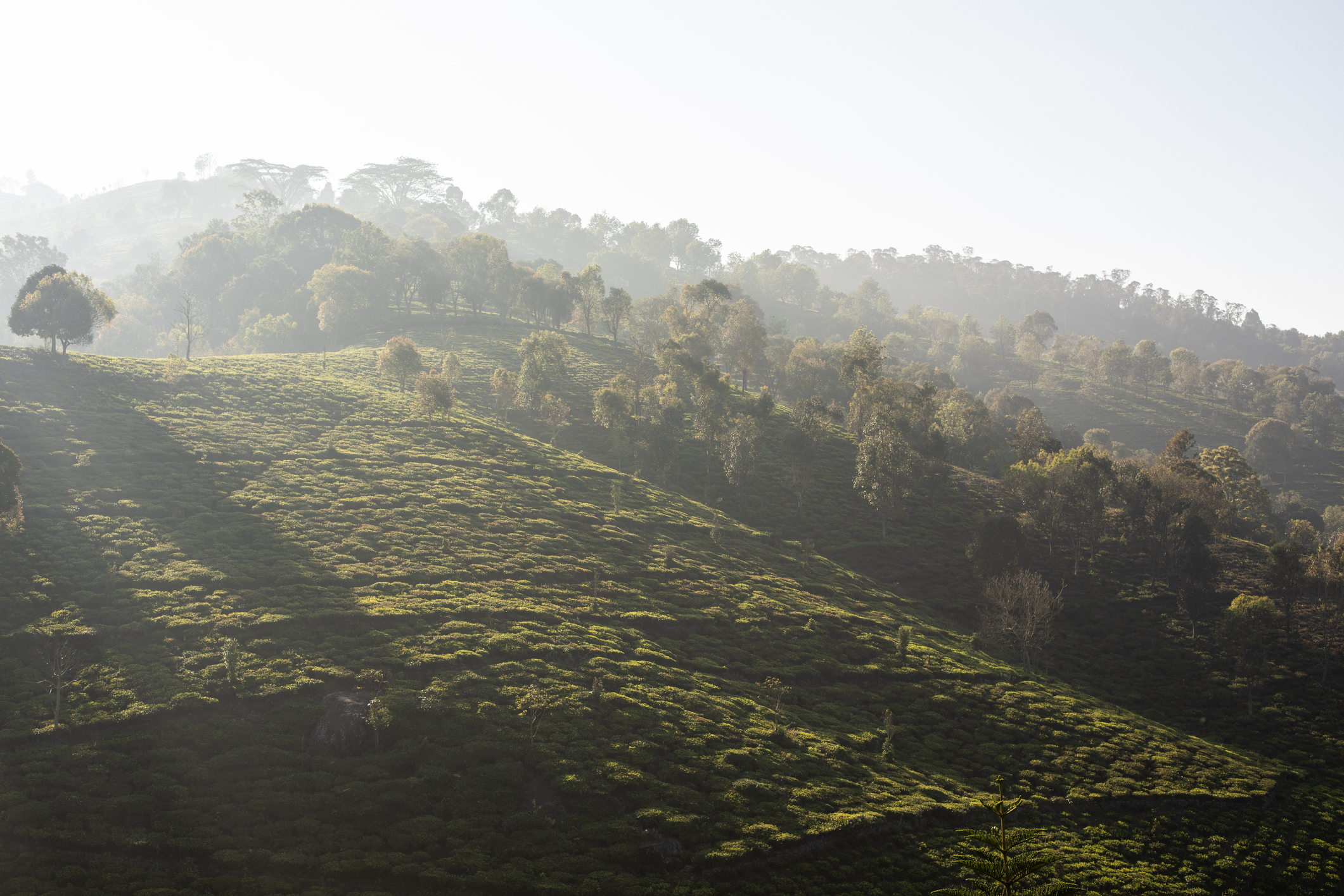India ranks among the top 10 countries globally that have recorded a rise in forest cover over the years, according to an SBI Research report released on Thursday.
The report highlights that while India’s forest cover remained largely unchanged between 1991 and 2011, it has seen a steady increase since then.
“The relationship between urbanisation and forest cover follows a U-shaped pattern,” the report notes. “In the early stages, urban growth tends to cause deforestation. However, as urbanisation progresses, policies such as urban greening, forest conservation programmes, and sustainable land-use planning are introduced, leading to the recovery and expansion of forest areas.”
India is undergoing rapid urbanisation. As per Census 2011, 31.1% of the population lived in urban areas—a figure expected to rise to 35–37% by Census 2024. Once urbanisation crosses the 40% mark, its impact on forest cover is expected to turn positive. Initiatives like the Smart Cities Mission and Atal Mission for Rejuvenation and Urban Transformation (AMRUT) are therefore crucial to integrating green infrastructure and building urban ecological resilience.
According to the latest assessment, India’s megacities have a combined forest cover of 511.81 sq km, constituting 10.26% of their total geographical area. Among these, Delhi has the largest forest cover, followed by Mumbai and Bengaluru.
Between 2021 and 2023, Ahmedabad saw the highest gain in forest cover, followed by Bengaluru. Conversely, Chennai and Hyderabad recorded the largest losses.
The forestry sector contributes approximately 1.3–1.6% to India’s Gross Value Added (GVA), supporting industries such as furniture, construction, and paper manufacturing. India is estimated to have 35 billion trees, which translates to an economic contribution of about Rs 100 in GVA per tree.
The report also points to regional disparities in forest cover. States like Odisha, Mizoram, and Jharkhand are witnessing an increase, while North-Eastern and hilly states such as Uttarakhand and Himachal Pradesh already have a significant portion of their land under forest cover. In contrast, states like Uttar Pradesh, Bihar, Rajasthan, Haryana, and Punjab have less than 10% of their area under forests.
To further improve forest sustainability, the report recommends expanding biodiversity hotspots and incentivising private sector involvement through CSR initiatives and carbon offset markets. Enhanced monitoring using satellite data and digital databases can also help curb encroachment and protect critical forest areas.
(With inputs from ANI)














